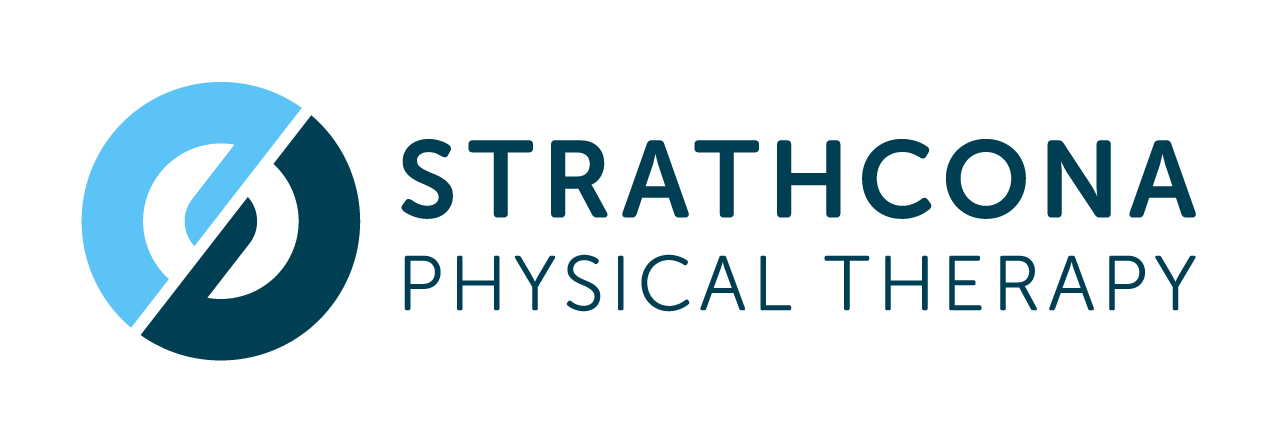Passive Stretching is not only Good for your Muscles, but also Beneficial for your Heart and Vessels!
Typically, stretching is used to achieve flexibility in muscles, increase range of motion in joints, achieve optimal healing during injuries or achieve individual movement goals. A recent study published in the Journal of Physiology presents findings that shows passive stretching can also be good for your arteries and cardiovascular function!
What is passive stretching? Unlike active stretching which uses contraction in one muscle to achieve stretching in another, passive stretching uses an external force (such as another person, accessories such as belts or gravity) to accomplish a stretch (see pictures below).
The Study
The study randomly assigned 39 healthy participants to two groups. The experimental group performed a set of 5 stretches (see some examples below) five times per week for 12 weeks. The control group did not perform any stretches for the duration of the study.
Researchers found significant improvements in blood pressure, reduced arterial stiffness and enhanced vascular function in the experimental group. What is interesting, these benefits lasted 6 weeks after cessation of the program!
Below are some demonstrations of the stretches performed by the experimental group:
Please note, these stretches were performed 5 times on each leg and held for 45 seconds with a 15 s rest in between repetitions, repeated 5 times/week. These stretches can be easily performed by healthy individuals at home. If you have back pain, knee or ankle injuries or a cardiovascular condition, see your physiotherapist or doctor before doing these stretches at home.
Why does passive stretching lead to these remarkable benefits?
Passive stretching induces stress on muscle mechano- and metabo-receptors leading to a systemic increase in sympathetic neural tone (Cui et al, 2006). Subsequently, the stress induced by passive stretching leads to increase in vasoactive substances in arteries, thereby decreasing resistance in arteries and leading to vasodilation (Green et al, 2017). Essentially, the shear force applied by the stretch stimulates endothelial cells in the lumen of the arteries leading to a cascade of reactions which ultimately leads to decrease in arterial resistance and increase in arterial vasodilation. In combination, these effects can lower blood pressure and enhance vascular function. In addition, passive stretching might induce sustainable structural changes in the vessels leading to enhanced vessel function (Bisconti et al, 2020).
Take home message and applicability of the study
This study has broad applications for individuals living with a cardiovascular condition, those with at risk for a cardiovascular condition or for healthy individuals as a prevention tool. In many cardiovascular diseases, arteries become stiffer and lose their ability to dilate and constrict efficiently (Kruse and Scheuermann, 2017). There are many medications in the market that achieve similar outcomes as the ones obtained by this study. If this study is replicated in people with cardiovascular conditions, clinicians might start prescribing passive stretching modalities as an effective therapy.
In addition, as stated by the authors, this new application of stretching is highly relevant in the current pandemic period of decreased mobility and decreased physical activity due to the quarantine. Many of these stretches can be easily performed at home and can serve as a great disease prevention tool.
Strength of the study: randomized control trial, adequate follow up, defined exclusion criteria
Weakness of the study: small sample size and healthy population (applicability issues)
References
Primary article: Bisconti, A. V., Cè, E., Longo, S., Venturelli, M., Coratella, G., Limonta, E., ... & Esposito, F. (2020). Evidence for improved systemic and local vascular function after long‐term passive static stretching training of the musculoskeletal system. The Journal of Physiology.
Cui, J., Blaha, C., Moradkhan, R., Gray, K. S., & Sinoway, L. I. (2006). Muscle sympathetic nerve activity responses to dynamic passive muscle stretch in humans. The Journal of physiology, 576(2), 625-634.
Green, D. J., Hopman, M. T., Padilla, J., Laughlin, M. H., & Thijssen, D. H. (2017). Vascular adaptation to exercise in humans: role of hemodynamic stimuli. Physiological reviews, 97(2), 495-528.
Kruse, N. T., & Scheuermann, B. W. (2017). Cardiovascular responses to skeletal muscle stretching:“Stretching” the truth or a new exercise paradigm for cardiovascular medicine?. Sports Medicine, 47(12), 2507-2520.
Author:
Neumann Anwari
MScPT, BSc Biomedical Sciences, Minor Psychology, Level 1 STR Manual Therapist



